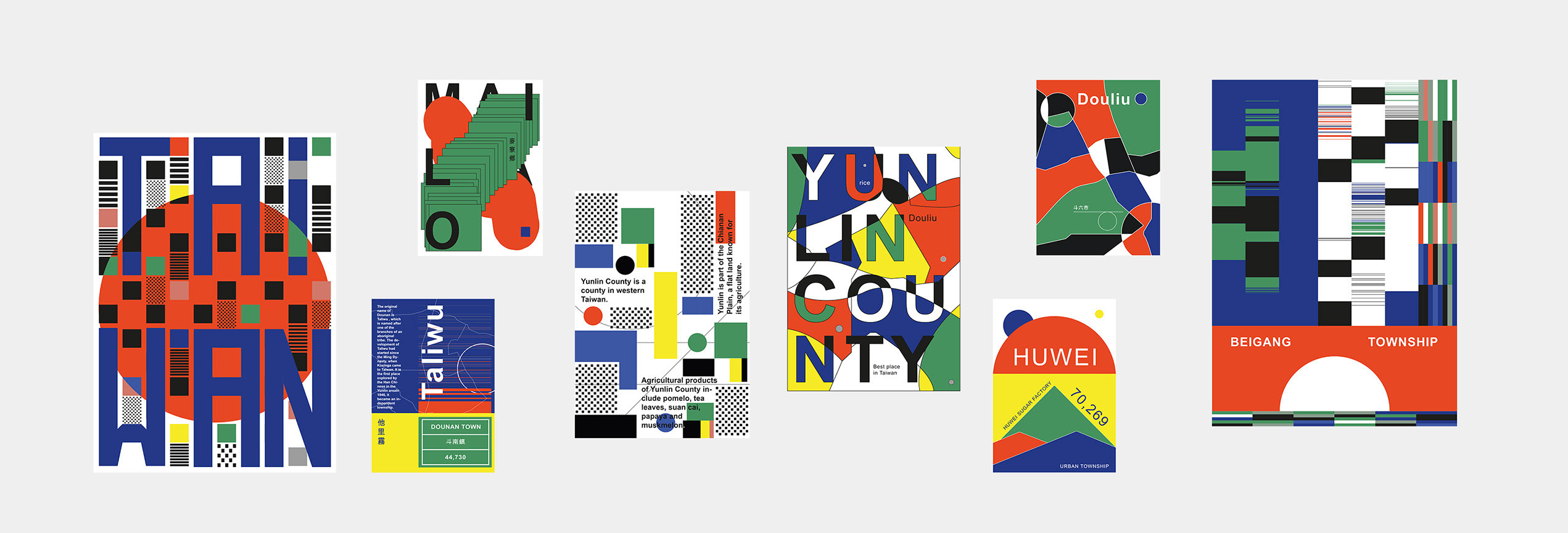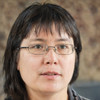Looking for Matsu
About artist
Mariia Ominina is a young, talented artist from a well-known family of artists in St Petersburg. I first saw her work in the catalog of the Toyama Poster Triennial in Toyama, Japan. Mariia won third place in the under-thirty category for poster design, and for good reason! At this triennial, prizes are usually awarded to big-name European designers, but it was Mariia who was honored on this occasion.
Her work is minimalist, but it very concisely expresses the theme set by the Toyama Triennial — “Beyond”. Mariia used a restrained color scheme and expressed her idea using negative sheet space and compositional techniques.

Gorky
Mariia also used a similar technique in her “The Shape of a Book”, making it to the final in the “Gorky-150 Poster Action”. “The Shape of a Book” is a fine compositional work that uses Maxim Gorky’s biography alongside his photographs and quotes.
“She chose a very fresh way of working with a poster sheet. Her work combines in an incredible way the meanings of contemporary art and the severity of the given topic,” says Yury Gulitov, a member of the international jury of “Gorky-150 Poster Action” organized by the International design biennale STRELKA.

The style of Mariia’s work displays an ability to express deep meanings using simplified forms and elements. Despite being a student of Peter Bankov, who is known for his particularly expressive style, Maria took the best of the maestro and molded it into her own, calmer, minimalistic, and precise style.
“Following her artistic growth, I was pleasantly surprised to see Mariia’s poster next to mine during the final exhibition of Strelka’s ‘Gorky-150’, in Nizhny Novgorod State Art Museum, Russia. I found Mariia’s poster impressive development of her style and approach since I met her in 2014. Her poster art has matured and established itself,” says Peter Bankov, a member of Alliance Graphique Internationale.
Taiwan
The next particular period of Mariia’s work was the study of East Asian cultures in a series of posters. Already a bronze medalist in Toyama, Mariia had only begun to immerse herself in the Asian theme.
The first impressive breakthrough was achieved in Taiwan, where Mariia was living and studying at the time: a major three-month personal exhibition in the city’s central exhibition space. At the same time, Mariia went beyond her usual media, shooting a documentary and making a complete installation. In addition to a series of posters dedicated to the Yunlin region, which was given a special note by the city’s mayor, Mariia, working with the curator, created a fully-fledged exhibition to tell the story of the lives of Western people in Formosa.

It is also evident how Mariia experimented with colors and more dynamic compositions and rhythms. This series of posters illustrates how Mariia used Google Maps, photography, and historical archives to explore the Yunlin region. Each poster speaks about one city in this region. There is also a general poster about Taiwan, in which Mariia tried to reflect the historical context and the current mood of Taiwan and its people.
Future
This is followed by a diptych of Haiku (Japanese poetry) posters presented at the Silou Cultural Centre in Taiwan.
Mariia recently announced a new project, called Celtic Way, related to visual studies of Northern European cultures.
Mariia’s art changes and grows with her progress and research. A strong artistic base and abundant international experience have enabled Mariia to experiment with techniques, themes, and meanings. They say that the poster is a dying art form, but thanks to talents like Mariia, it will live long and adapt to new realities and audiences.
